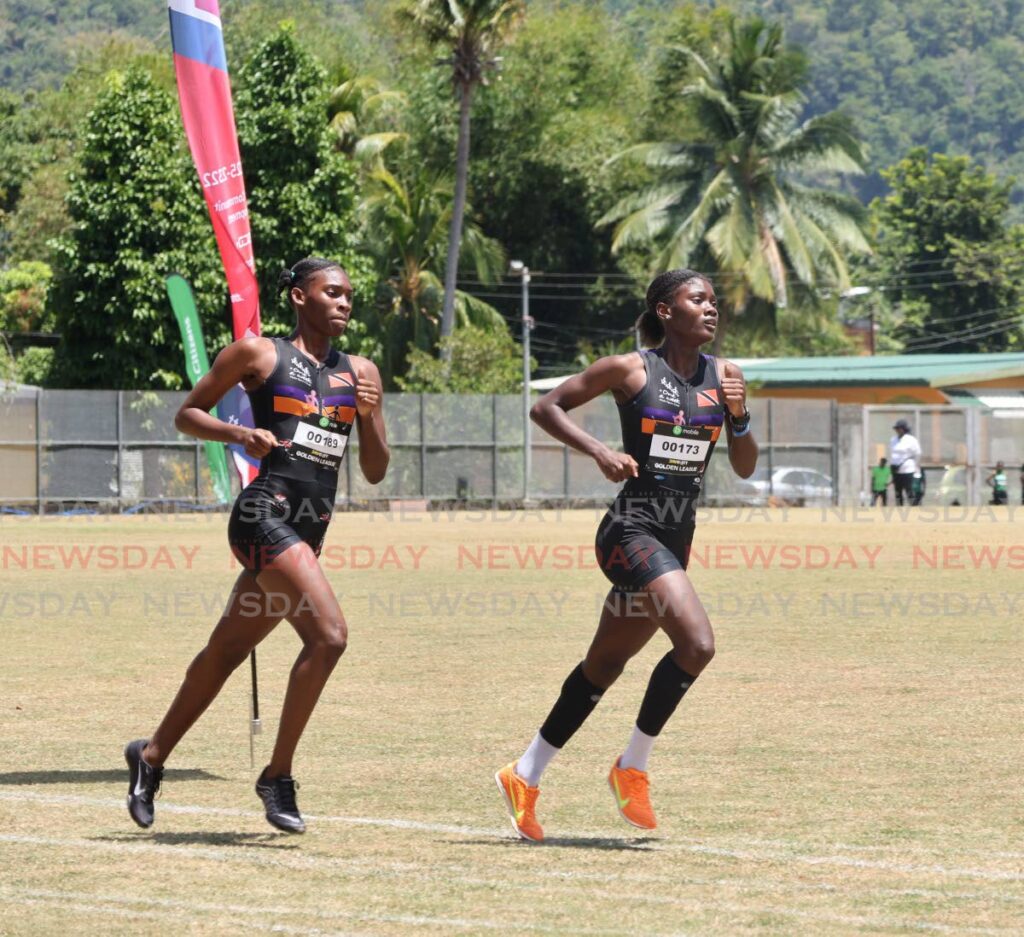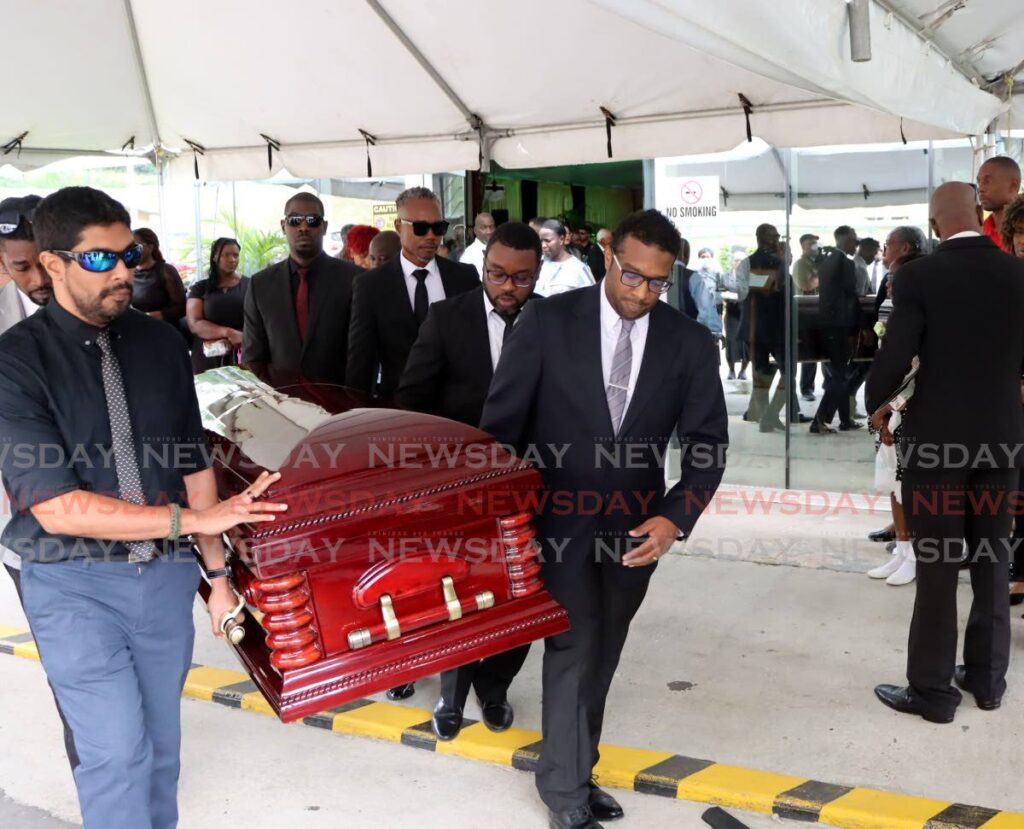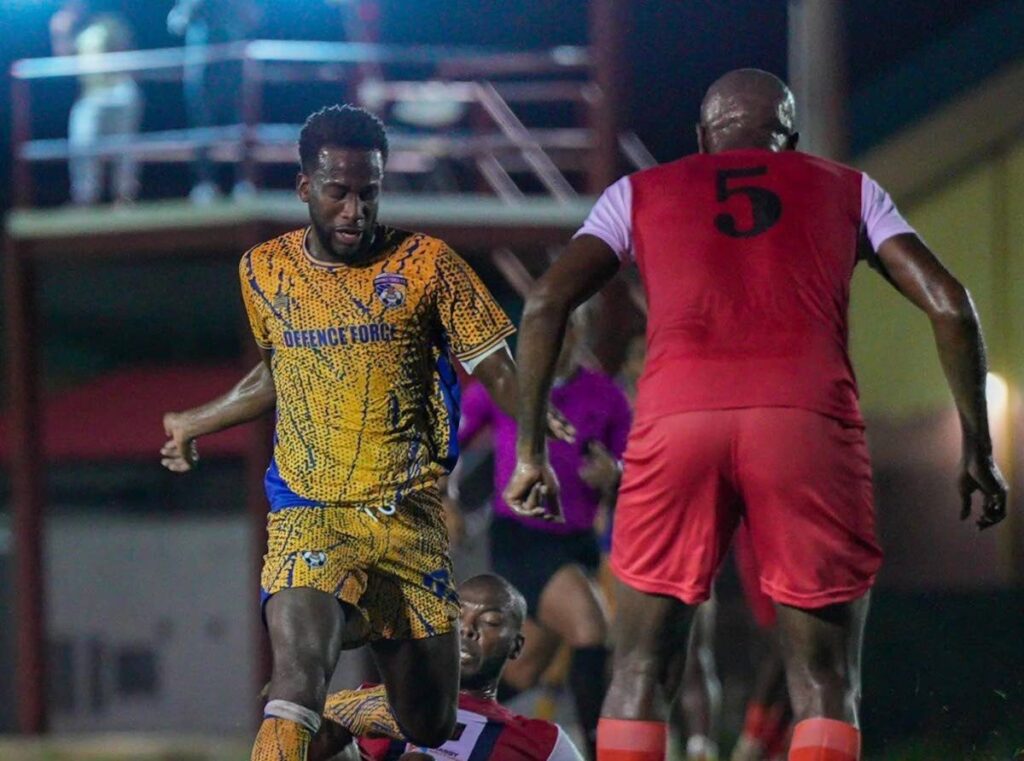How to rechart the ruin?
Written by Dara Healy on January 11, 2025

Dara E Healy
“…in my journey I would realise why our Obeah is so strong, what was our Obeah – our mask and our masking. Masking as the implementing of self, and manifestations of self, masking as a stage of manifestations. How we see ourselves, what we communicate with, how we view our source, our origins, where we are and where we are going? Masking is a very serious matter.”
– Master artist LeRoy Clarke, 2012 interview
LEROY CLARKE had a few truths. That his art had the power to transform lives. That an essential aspect of his life’s mission was to infuse the power of legacy into the African community. And passing on knowledge to young people was integral to his vision of securing our future.
Occasionally, he would twist his mouth (and cuss a little) at the term “master artist.” This was part of his protest at the hypocrisy of a society where artists still have to push back against gatekeepers, limited funding, and respect.
In one of the ironies of life, Recharting the Ruin, an exhibition of his work, is now taking place at Killarney, or Stollmeyer’s Castle.
As we peer into this year, how may we answer some of the questions he poses above? How may we embody the energy of healing and reclaiming of self?
In many ways, the question of recharting the ruin speaks to the pain LeRoy felt when he saw a decline in the sharing and wonder for life he experienced as a child. The increase in crime also disturbed him. He laments, “The body of her child lay crumpled/Like an unfinished script/That had lost its hand in a fray of storms/The whole earth searched through her veins/And her heart tugged at that strange thing that filled her breath/My child! She screamed/…My child!”
The woman is a significant theme in his work. She is mother, lover and the matriarch who keeps our rituals safe. But she also suffers terrible loss. As he told an audience, “I from Gonzales, behind the bridge, East Dry River. I know why we’re killing each other. I have a good idea. But if you keep me from talking to them they will continue killing each other.”
LeRoy was concerned with connecting artists to the most vulnerable in our communities. At every opportunity, he encouraged young people to benefit from the insights of creative people.
Additionally, because he was from a marginalised space, he felt confident that he had the language to reach those who needed to hear his message.
He was very clear that if society did not include artists in a meaningful way towards finding solutions, then it would take much longer to get rid of the pain and loss now plaguing us.
The power of dreams and the understanding of our spiritual selves was another crucial area. His exposure to different belief systems, from Ifa/Orisa to Spiritual Baptist and Hinduism, afforded him the freedom to interpret the world from a diverse perspective. Spirituality was an important part of the journey that eventually led to his understanding of obeah (
obia, in its original West African spelling).
His work makes the connection between African spirituality and our Carnival, in particular masking. In the opening quote, he challenges us to make deeper connections between the origins of the mas, its history and how our festival may serve as a source of healing. He described the masquerade now popular at Carnival as “trickery.” Cynically, he stated “a mas coming from Korea is a Korean mas. It’s not yours, therefore you shouldn’t wear it. What we wear today has nothing to do with us.”
The concept of recharting and ruin was not meant to be a catchy phrase that we use to sound clever or well educated. “Who will rechart the ruin,/Who will piece it together?” was a real concern for him. The poem is filled with anguish, hinting at immense personal sacrifice to achieve the ultimate goal of returning our country to a place of peace.
Sadly, he often felt alone in this quest. As he declared, “Eye press on hard on myself alone!”
Ruins can be rebuilt and restored. The answers are there, in his vast body of work, the legacy he strove so hard to leave for us. Let us show him that he does not have to do the recharting by himself. By our actions, let us show him that he is not alone.
Dara E Healy is a performing artist and founder of the Indigenous Creative Arts Network – ICAN
The post How to rechart the ruin? appeared first on Trinidad and Tobago Newsday.




